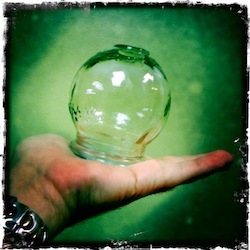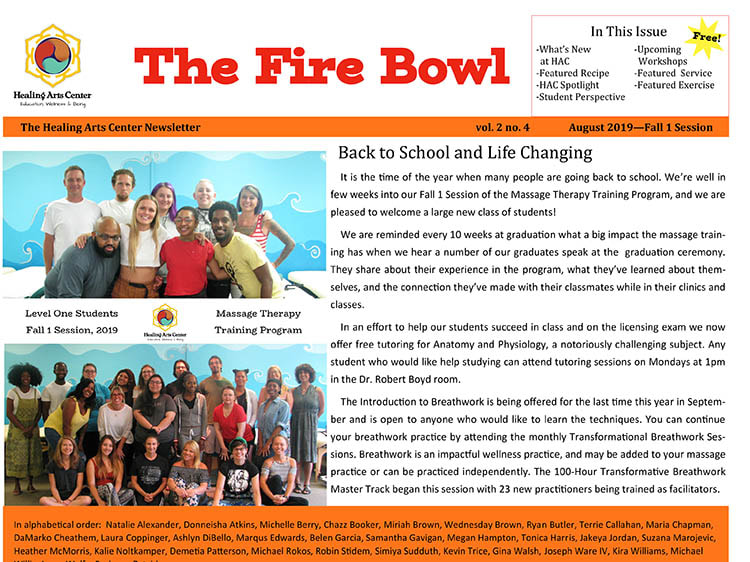
Is a Career in Massage Therapy Your Path? Take the Free Quiz
 Connective tissue is interesting stuff. It is kind of like the Plastic Man comic book superhero, fascia can be dense and rigid, or stretchy and elastic. Usually it has a solid enough tensegrity to “keep everything in place,” meaning it’s elastic enough to stretch and give as muscles lengthen and contract, while at the same time giving enough support to both firmly and gently hold our various anatomical structures in place. A shock of high-velocity energy running through the fascia of the neck, shoulders and upper back can completely disrupt its integrity, and this leads to hypertonic muscles and limited range of motion. It’s kind of like the shock waves of an earthquake moving through loose, sandy, rocky or waterlogged soil. The force of the shock momentarily liquefies what we usually experience as solid. And in that moment profound reconfigurations of structure can emerge and freeze. This is when buildings tilt askew or fall down, hillsides might disappear, sinkholes open up, or rivers change their course. The connective tissue of the human body is not dissimilar. The whole system liquefies in the discombobulation of shock waves, and then it resets itself in line with the various forces that vectored their way through the body. This is why many people after a whiplash injury will not feel quite right, but have a hard time explaining in just what way things are not right.
|
Healing Arts Center News
Keep up with what's happening at the Healing Arts Center.
Follow us on Social Media:Read the Fire Bowl School Newsletter:
Categories
All
|
*The Healing Arts Center is proudly accredited by the Accrediting Commission of Career Schools and Colleges (ACCSC) for the 600-hour massage therapy training certificate only. ACCSC does not accredit individual Master Track courses or CEU offerings separately for this or any institution.
Follow Us Online:
© Copyright, The Center For the Healing Arts, LLC, 2020








